An odyssey of culture, nature and unforgettable moments in northwestern China, Deng Zhangyu reports in Dunhuang, Gansu.
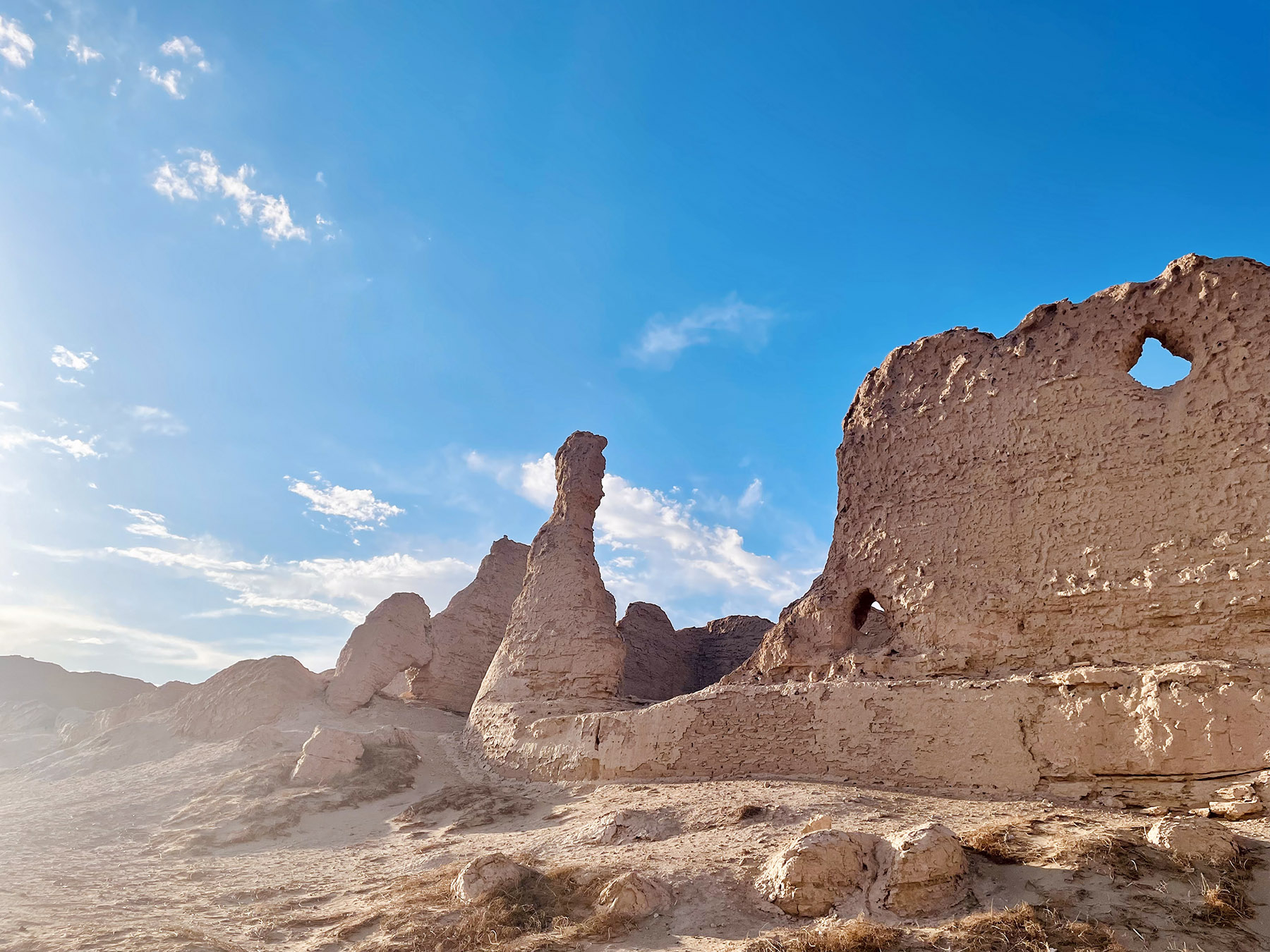
When most travelers think of Dunhuang in northwestern China's Gansu province, their minds instantly drift to the breathtaking cave art of the Mogao Grottoes — a UNESCO World Heritage Site adorned with vibrant murals and sculptures that whisper tales of ancient Buddhism.
As a repeat visitor to these artistic marvels, I decided to venture off the beaten path, this time at the tail end of summer, heading west into the vast Gobi Desert to uncover the hidden gems of history, nature and culture that lie beyond. This wasn't just a trip — it was an opportunity to explore the history and landscapes of China's western frontier.
The journey began with a drive out of Dunhuang, where the city roads soon gave way to the vast, open Gobi Desert. With nothing but sand stretching to the horizon, the scale of the landscape was both striking and humbling.
READ MORE: 'Pass'ing on Silk Road rituals
After two hours, the Yumen Pass emerged on the horizon — a relic that once served as a vital gateway on the Silk Road. Established during the Western Han Dynasty (206 BC-AD 24) under Emperor Wu, it was one of the two main passes (the other being Yangguan Pass) that merchants, travelers and diplomats used to enter and exit China.
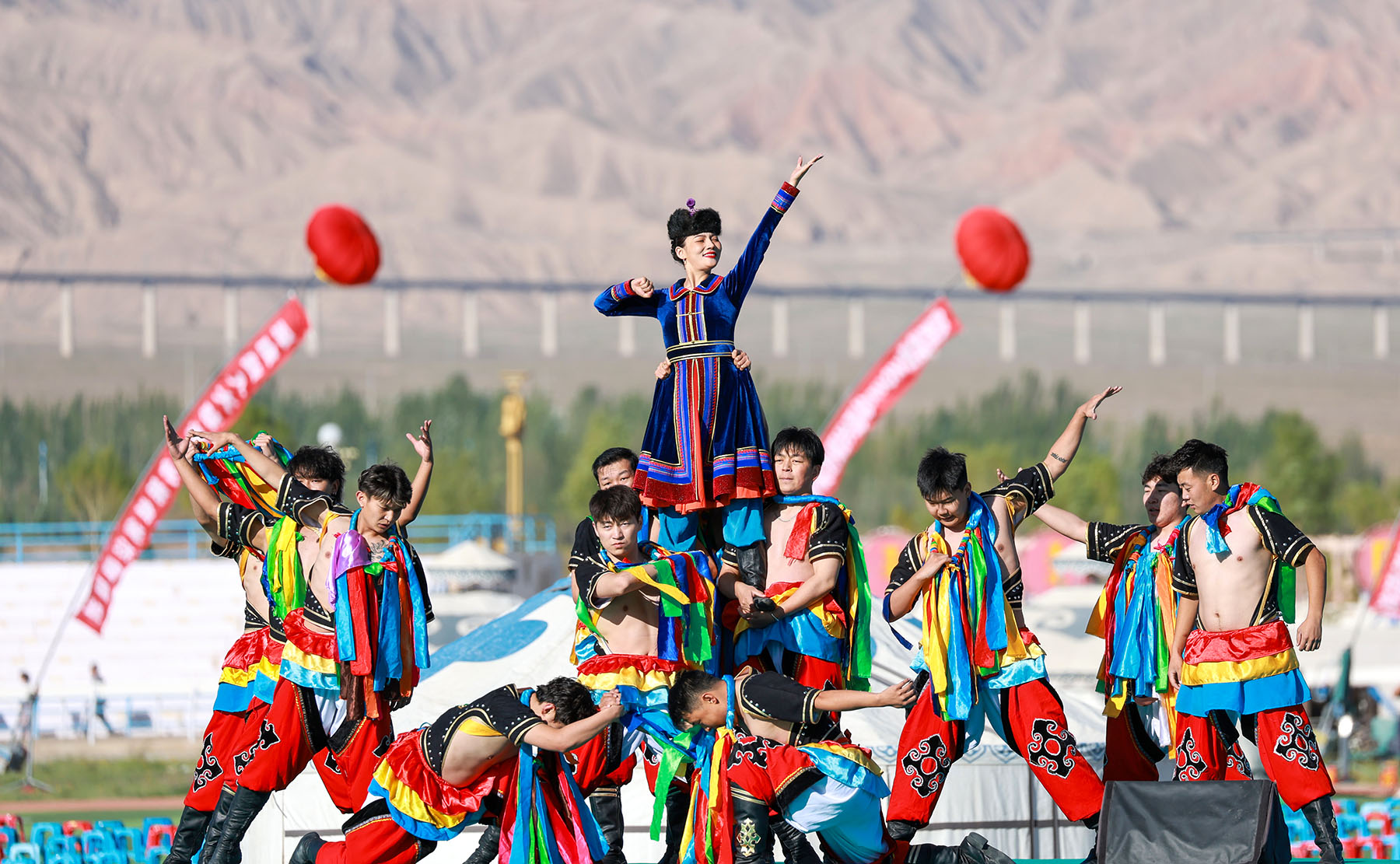
Throughout its history, the Yumen Pass served as a military outpost, but it was more than just a checkpoint; it was a lifeline for trade and cultural exchange between the East and West, guarded by soldiers who ensured the safety of caravans laden with silk, spices and dreams of fortune.
Today, all that remains is a rectangular fortress of rammed earth, its walls weathered by centuries of wind and sand. Climbing onto the remnants, I was greeted by a panoramic view of the Gobi Desert — a sea of golden dunes merging with an azure sky, evoking visions of caravans with jingling camel bells and soldiers standing guard at the frontier.
It's impossible not to feel the weight of history here, especially when recalling the famous Tang Dynasty (618-907) poet Wang Zhihuan's poem Out of the Great Wall, in which he wrote: "Why must the Qiang flute bemoan the willow? The spring wind does not reach Yumen Pass."
These lines, etched into Chinese culture, capture the melancholy and resilience of this land, as if the echoes of ancient lamentations still drift on the breeze.
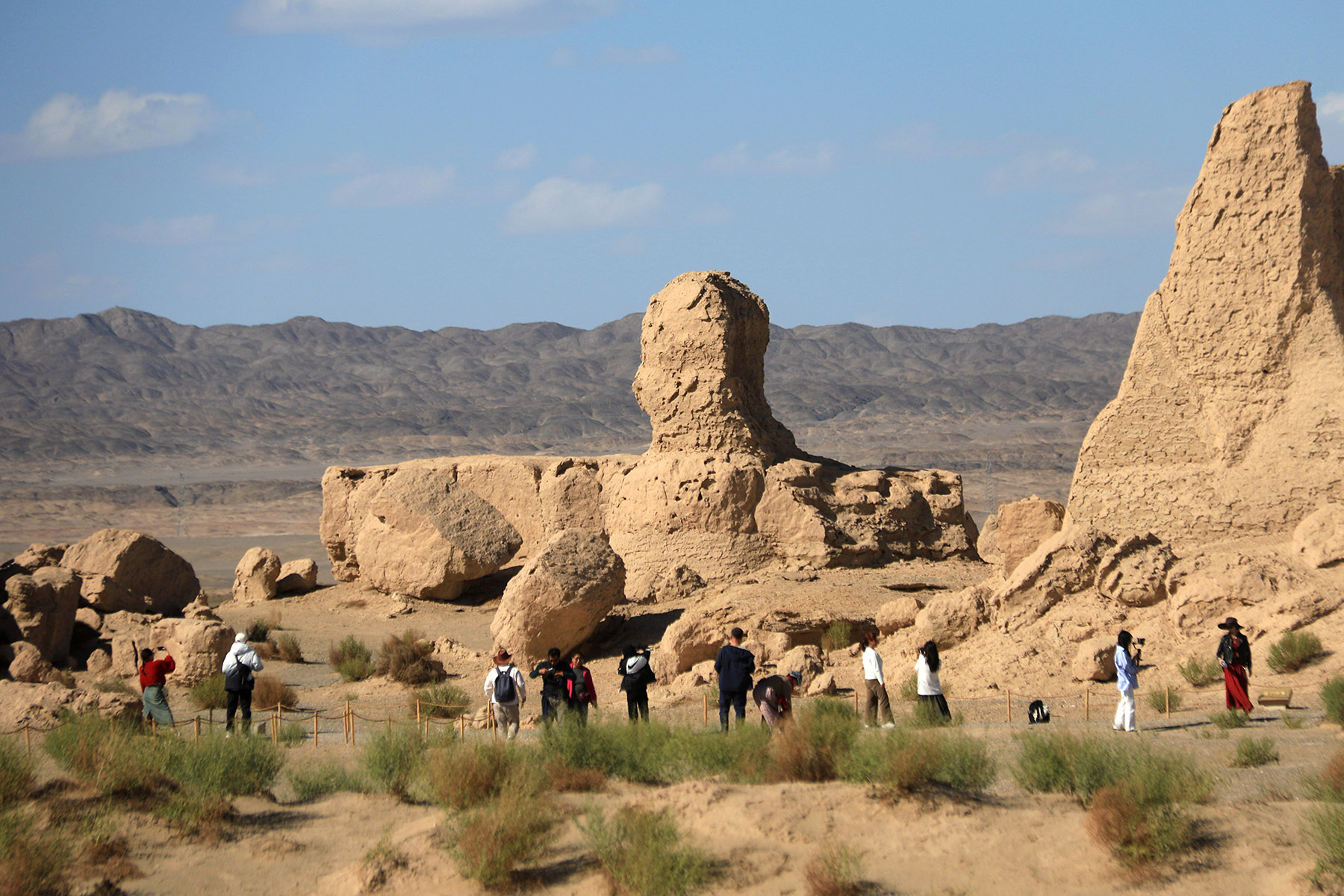
A short 12-kilometer drive west led me to the ruins of Hecang City, a hidden military supply depot from the Western Han Dynasty. Located in a lowland area, it is largely invisible to visitors without guidance. This rectangular site, measuring about 132 meters by 17 meters, with walls up to 6 meters high, once stored provisions for troops guarding the passes and the Great Wall.
As the sun dipped low, casting a warm glow over the yellow sand and crumbling walls, the scene felt like a painting come to life — a silent testament to centuries of history. I couldn't help but wonder what life was like here 1,000 years ago.
As twilight faded, I set off for the Dunhuang Yardang National Geopark, eager for a unique stargazing adventure. I've watched stars from mountains, deserts and coasts, but nothing prepared me for the magic of the "Devil City" in the Gobi Desert.
The geopark is dubbed Devil City because of the whisper of the wind — a constant force that has sculpted the formations here over millennia. These structures are nature's masterpiece, carved by relentless desert winds into shapes aligned like a frozen fleet, as if ready to sail across an ancient ocean that once covered this land.
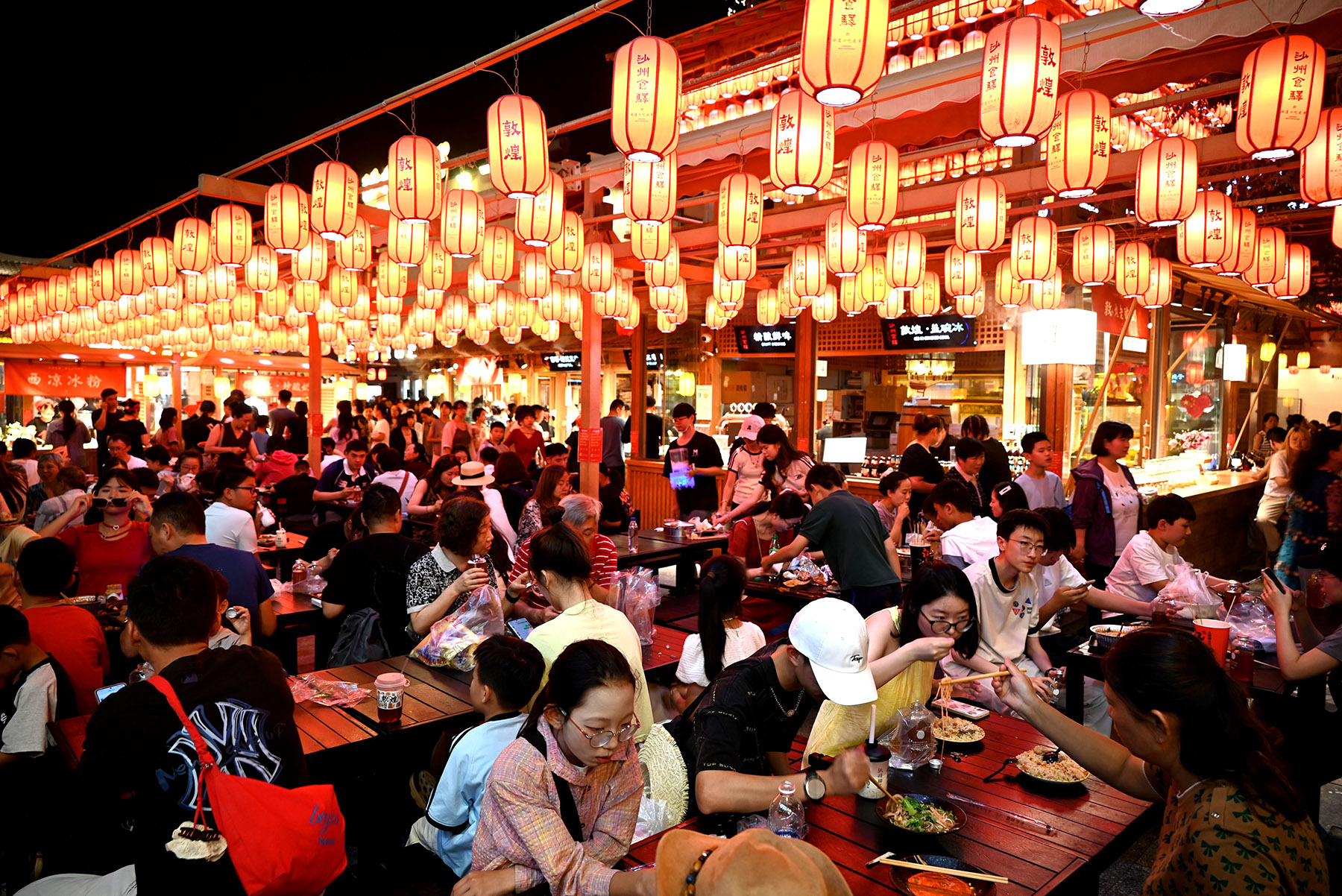
Arriving just after 9 pm, as the last hues of sunset vanished, I rented an off-road vehicle at the park to explore its iconic sandstone formations — towers, walls and pillars sculpted by desert winds into eerie, fleet-like shapes.
As night fell, stars appeared across the sky, with the Milky Way forming a clear, sweeping arc. The desert was quiet, interrupted only by the crunch of sand underfoot and the two friendly cats — pets of the park staff — that followed us, adding a small, unexpected charm to the stillness.
The tour guide explained that the kittens are fed by park staff. They rarely venture far into the desert at night and often stay close to tourists for safety.
Weary but mesmerized, I settled near a tent area with telescopes for closer celestial views. Gazing up, I wished time would stand still, allowing me to lose myself in the cosmos, far from urban chaos.
Eventually, the night came to an end, and our drive back through the remote, signal-free Gobi Desert was a striking reminder of the region's untamed natural beauty.
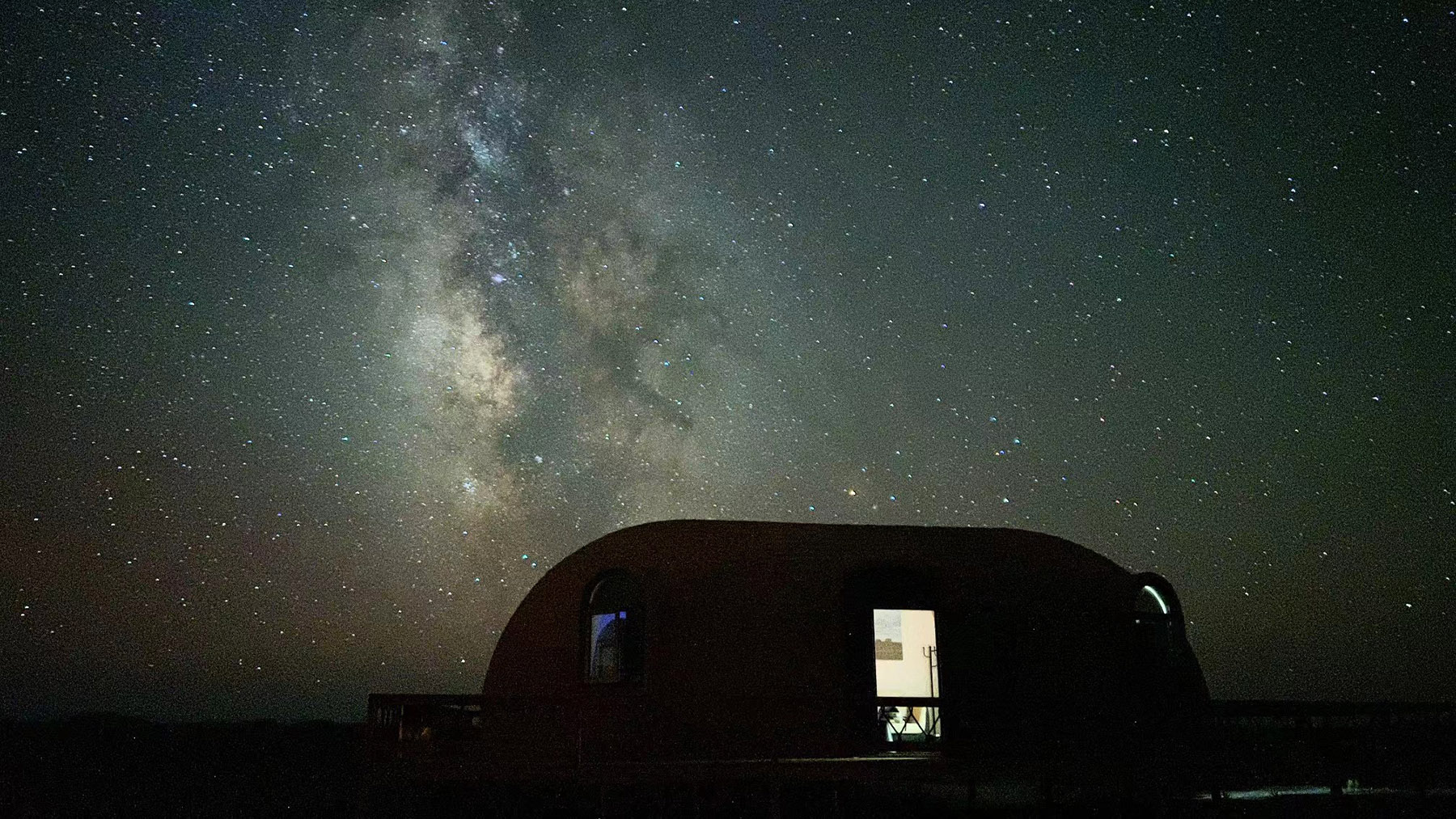
The next day, after exploring the region's history and landscapes, it was time for some culinary delights at Dunhuang's famed Shazhou Night Market — the cleanest and most vibrant night market I've ever seen. Even at midnight, the place buzzed with energy, with long lines still forming in front of food vendors.
A group of friends and I enjoyed local specialties like sweet-and-sour apricot juice, grilled lamb skewers, grilled fish, beef patties and traditional snacks. There were also performers dressed in ancient costumes dancing at intervals on the quaint, antique-style pavilions along the street.
Beyond the food and performances, the most memorable feature of the night market is its restroom. According to local friends, visitors often take photos inside.
ALSO READ: Layers of sacred reflections
This two-story facility is so elegantly designed that it looks like a cafe from the outside. The first floor is styled after the Mogao Caves, while the second floor draws inspiration from the unique landscapes of the Dunhuang Yardang National Geopark. Visitors can relax by the floor-to-ceiling windows, sipping water and using charging stations to keep their devices powered.
At 12:30 am, my friends and I left the night market, which was still bustling and brightly lit. Over the three days of travel, the ancient ruins steeped in history, the vast starry sky over the dark Gobi Desert, and the lingering flavors on my palate have all been etched into my mind as eternal moments.
Contact the writer at dengzhangyu@chinadaily.com.cn


